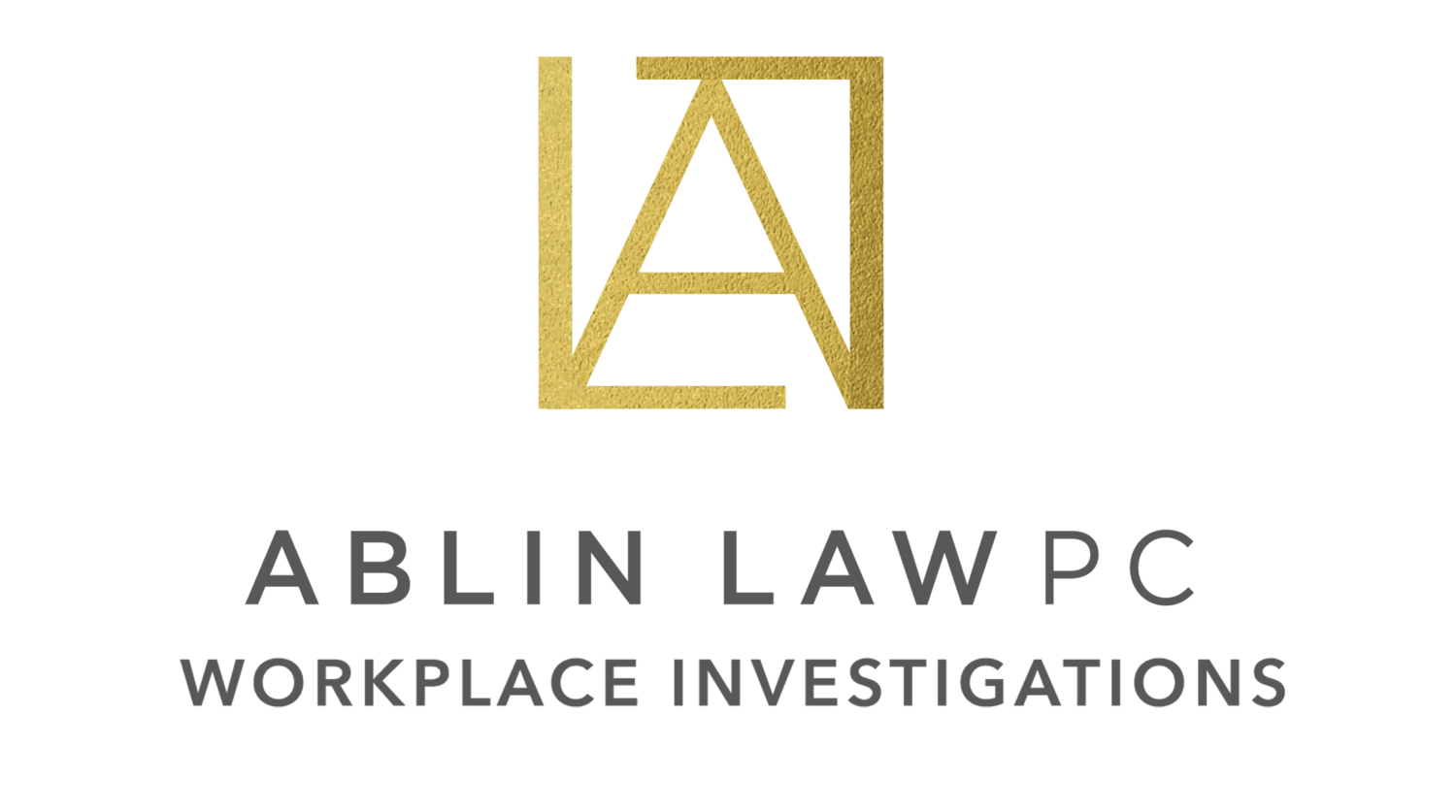Articles by Rachel Ablin, Esq.
Navigating Law Enforcement Involvement During Internal Investigations
It is not uncommon for employers to conduct an internal investigation when an employee is suspected of breaking workplace rules. In cases of such...
Fatal Flaws: The Cost of Errors in Early Investigations
The possibility for errors to occur is present in every investigation and employers must be mindful of that risk, and take deliberate action to limit as many potential errors as possible.
Moving Forward Following He Said/She Said Cases
When you get a complaint in the workplace of harassment or someone is accusing someone else of creating a hostile work environment, it is often easy...
How to Investigate Workplace Bullying Claims
Workplace bullying creates a toxic environment. An employee who feels they are being intimidated, threatened, or humiliated, or some combination thereof will not feel welcome in your workplace, nor will they be able to perform at their maximum potential. The predicament for many employers is how to handle claims of bullying and how to thoroughly investigate these claims.
Questions to Ask During Internal Investigations
In the past, we have discussed why open-ended questions help us conduct more effective investigations when there are allegations of discrimination or harassment. To ensure the investigation is as thorough as possible, you’ll also need to focus on asking specifics – from the complainant about her allegations, from all witnesses involved, and from the subject of the investigation itself.
Virtual Investigation Checklist
Over the last year, the Covid-19 pandemic has fundamentally changed the way workplaces operate. Consequently, the way workplace investigations are conducted has changed as well with many being conducted virtually. As an investigator, this means that you may need to change some of your tactics and strategies when conducting a virtual workplace investigation. The following virtual investigation checklist may help.
Assessing Credibility: He Said/She Said Cases
If you investigate workplace complaints, you are bound to encounter a “he said/she said” case where you must focus on assessing credibility.
Key Steps for Closing Out an Internal Investigation
Investigating a workplace complaint can be a long and tedious process; however, every complaint should be taken seriously, and given the time and attention it deserves. When an investigation nears a conclusion, closing out the complaint properly can be as important as the investigation process itself. The following key steps will help ensure that you close out an internal investigation correctly.
False Claims in the Workplace: How to Handle Them
When an employee alleges discrimination or harassment in the workplace the employer is legally required to act swiftly and efficiently to try and determine if the claim has merit. If evidence is uncovered that supports the allegations an employer’s legal obligations are relatively clear; however, what should an employer do when there is no evidence to support the allegations?
10 Things to Do When Investigating a Complaint
Anytime an employee makes a workplace complaint, that complaint should be taken seriously and acted on without delay. In fact, a number of federal and state laws require an employer to conduct an immediate investigation. Just as no two complaints are ever identical, neither are any two investigations carried out in exactly the same manner. Nevertheless, there are some common steps that should be taken when investigating all workplace complaints.
